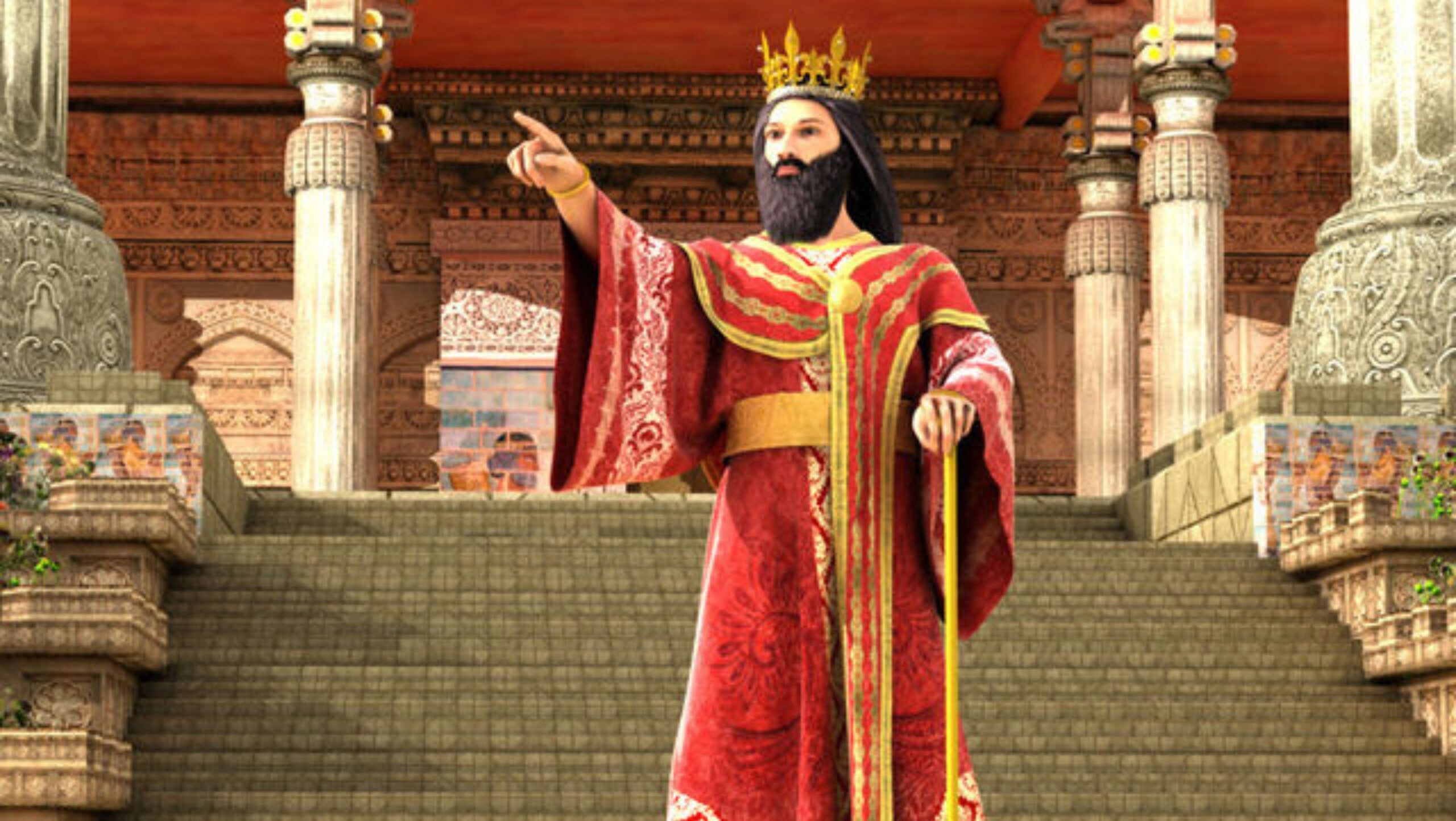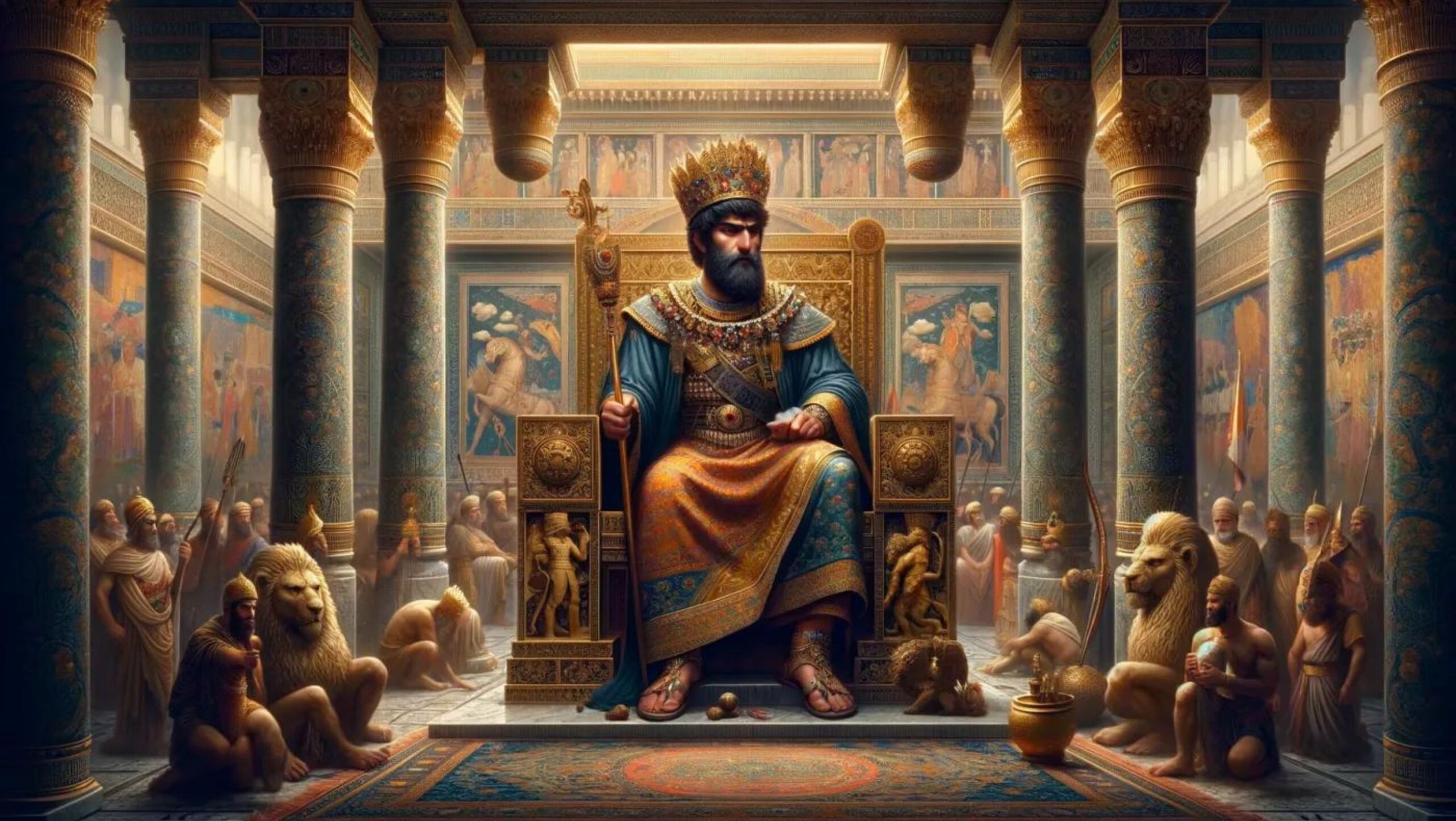Ever wonder about the twists and turns in King Xerxes’s tale? Well, you’re not alone. The Death of King Xerxes Explained has always been a captivating riddle in the annals of history. As ruler of the vast Achaemenid Empire, his demise wasn’t just personal; it echoed through corridors of power across ancient civilizations. But what really happened? Was it a simple case of palace intrigue or something more sinister?
Hey, don’t think of this as just another trip down history lane.
We’re peeling back layers to find answers that have eluded scholars for centuries.
Table of Contents:
- The Rise and Fall of King Xerxes
- Xerxes’ Invasion of Greece
- The Controversial Reign of Xerxes
- The Death of Xerxes and Its Impact
- Conclusion
The Rise and Fall of King Xerxes: The Death of King Xerxes Explained

King Xerxes, one of the most notorious Achaemenid Persian kings, is best known for his massive invasion of Greece. His reign marked the beginning of the Persian Empire’s decline.
Xerxes was born in 519 BCE, the son of Darius the Great and Atossa. He was not originally heir apparent – that was his elder brother. But when Darius died in 486 BCE, Xerxes’ mother convinced Darius to choose him as successor instead.
Early Life and Accession to the Throne
Xerxes came to the throne in 486 BCE after the death of his father, Darius. There were some succession disputes, as his elder brother Artabazenes claimed the throne based on being the eldest son born to Darius after he became king.
Upon arriving in his country after the failed invasion of Greece, Xerxes’ army had become smaller, and many remaining were sick and malnourished. Throughout his reign, Xerxes faced numerous challenges and made enemies.
Early in his reign, Xerxes dealt with revolts in Babylon and Egypt. He ruthlessly crushed these uprisings, destroying the statue of Marduk, Babylon’s chief god.
Building Projects and Achievements: The Death of King Xerxes Explained
Xerxes commissioned projects to build himself a more extravagant palace, the “Hall of a Hundred Columns,” and another building archaeologists call “The Harem.” He also maintained the roadways throughout the empire. However, these grand projects put a large dent in his treasury, which he made up for by heavily taxing the citizens.
Despite his military failures, Xerxes did leave a lasting architectural legacy. The ruins of his palace at Persepolis still stand today, a testament to Achaemenid opulence and grandeur. But his lavish spending took a toll on the empire.
Xerxes’ Invasion of Greece: The Death of King Xerxes Explained
Xerxes is perhaps most famous for his massive invasion of Greece, which ended in humiliating defeat. This campaign was a turning point that marked the beginning of the end for the Achaemenid Empire.
Seeking to avenge his father Darius’ defeat at the Battle of Marathon, Xerxes planned a massive invasion of mainland Greece. He amassed a huge army and navy, constructing pontoon bridges to cross the Hellespont. The Greek historian Herodotus claimed Xerxes’ forces numbered over 2 million, though modern estimates are much lower.
Preparations for the invasion took four years.
Key Battles and Turning Points: The Death of King Xerxes Explained
Key battles in Xerxes’ invasion included the Battle of Thermopylae, where a small force led by Spartan King Leonidas held off the Persians for three days, and the naval Battle of Salamis, a decisive Greek victory. After Salamis, Xerxes returned to Persia, leaving his general Mardonius in charge. The Greeks defeated Mardonius the following year at the Battle of Plataea.
The Battle of Salamis was the turning point in the war. Xerxes, overlooking the battle from a throne on the shore, watched in horror as the Greeks outmaneuvered his forces in the narrow strait.
Aftermath and Consequences
The failed invasion significantly weakened Persia. Xerxes’ forces suffered heavy losses and he returned home to a diminished army. The defeat also fueled Greek confidence and unity. Xerxes abandoned imperial ambitions in Europe and the Achaemenid Empire began to decline after reaching its greatest extent under Xerxes.
The Delian League, an alliance of Greek city-states led by Athens, continued the war against Persia for several more decades. Xerxes, once the most powerful man in the world, had inadvertently set in motion the events that would lead to Persia’s downfall.
The Controversial Reign of Xerxes: The Death of King Xerxes Explained
His reign was full of court intrigues, power struggles, and personal scandals that have fascinated historians for centuries.
Xerxes engaged in an affair with the daughter of his brother Masistes, though he lusted after Masistes’ wife. Xerxes also faced a succession dispute early in his reign between himself and his elder brother Artabazenes, who claimed the throne as the eldest son born to Darius after he became king.
These family dramas were par for the course in the Achaemenid royal house. Xerxes’ own accession was controversial – he was not the original heir apparent. That was his elder brother Artabazenes. But their mother Atossa convinced Darius to name Xerxes as successor instead.
Reputation for Cruelty and Excess
Ancient sources depict Xerxes as cruel and extravagant. The Greek historian Herodotus claimed when Xerxes’ engineers constructed a bridge over the Hellespont and it was destroyed in a storm, Xerxes ordered the sea whipped as punishment and had the engineers beheaded. He developed a reputation for harsh punishments and unrestrained behavior.
Xerxes lived in opulence and excess. He threw lavish parties, drank excessively, and had an enormous harem.
Political Intrigues and Power Struggles: The Death of King Xerxes Explained
He faced plots and rebellions, including the revolt involving his brother Masistes. Maintaining control over the vast empire proved increasingly difficult.
One infamous incident involved Xerxes’ affair with his niece Artaynte, the daughter of his brother Masistes. When Xerxes’ wife Amestris found out, she waited until Xerxes’ birthday feast. As was Achaemenid custom, the king could not refuse any request made of him during the feast. Amestris demanded that Xerxes hand over Artaynte to her. Xerxes reluctantly agreed. Amestris then had the girl mutilated.
The Death of Xerxes and Its Impact: The Death of King Xerxes Explained
Xerxes’ death was as tumultuous and controversial as his life. His reign ended in assassination, palace intrigue, and a bloody succession crisis that rocked the empire.
In 465 BCE, Xerxes was assassinated in his bedchamber by Artabanus, commander of the royal bodyguard. Ancient sources disagree on the specifics, but Artabanus seems to have formed a conspiracy with a eunuch in charge of the palace bedchamber.
The Greek historian Ctesias claims that Artabanus hid in the bedchamber and struck down Xerxes. Artabanus then convinced another son, Artaxerxes, to avenge the murder by killing his brother. With Darius dead, Artaxerxes became the new king, but Artabanus was the real power behind the throne—for a time.
Succession of Artaxerxes I

After killing Xerxes, Artabanus deceived Xerxes’ son Artaxerxes into believing his brother Darius was the murderer. Artaxerxes then killed Darius. He had Artabanus and his sons arrested and killed, securing his place as successor to Xerxes.
Artaxerxes I, sometimes called “Artaxerxes the Long-Handed,” ruled for 41 years. He faced many of the same challenges as his father—court intrigues, provincial revolts, and wars with the Greeks—but he managed to stabilize the empire and even made peace with the Greeks in 449 BCE.
Legacy and Historical Significance: The Death of King Xerxes Explained
Xerxes’ reign marked the beginning of the decline of the Achaemenid Empire. His failed invasion of Greece was a turning point that weakened Persia’s power and emboldened its enemies. The royal court became increasingly unstable, with plots and murders like those surrounding Xerxes’ death. Later, Achaemenid kings faced more challenges in controlling the empire.
Despite his ultimate failure, Xerxes’ invasion left a lasting impact on Greek culture and identity. The Greeks, once a loose collection of bickering city-states, now saw themselves as the defenders of liberty against Eastern tyranny. This idea would shape Greek and later Western thought for centuries to come.
Key Takeaway: The Death of King Xerxes Explained
Xerxes’ tumultuous reign, marked by lavish projects and a disastrous invasion of Greece, set the stage for the Achaemenid Empire’s decline. His assassination led to further instability but also highlighted the deep-seated issues within his court.
Conclusion: The Death of King Xerxes Explained
The story we’ve unraveled today is no ordinary tale—it’s an epic saga spanning decades, continents, and dynasties. From ambitious military campaigns to intricate political webs within his court, every move led us closer to understanding the death of King Xerxes. It’s clear now; this wasn’t merely an end but a dramatic shift that reshaped history.
In our journey together, we saw beyond mere facts—we connected dots scattered across time and narratives.
Xerxes’ story serves as a stark reminder: In realms where power plays dominate under gilded crowns, vulnerability lies—a singular moment capable of transforming destinies forever.

